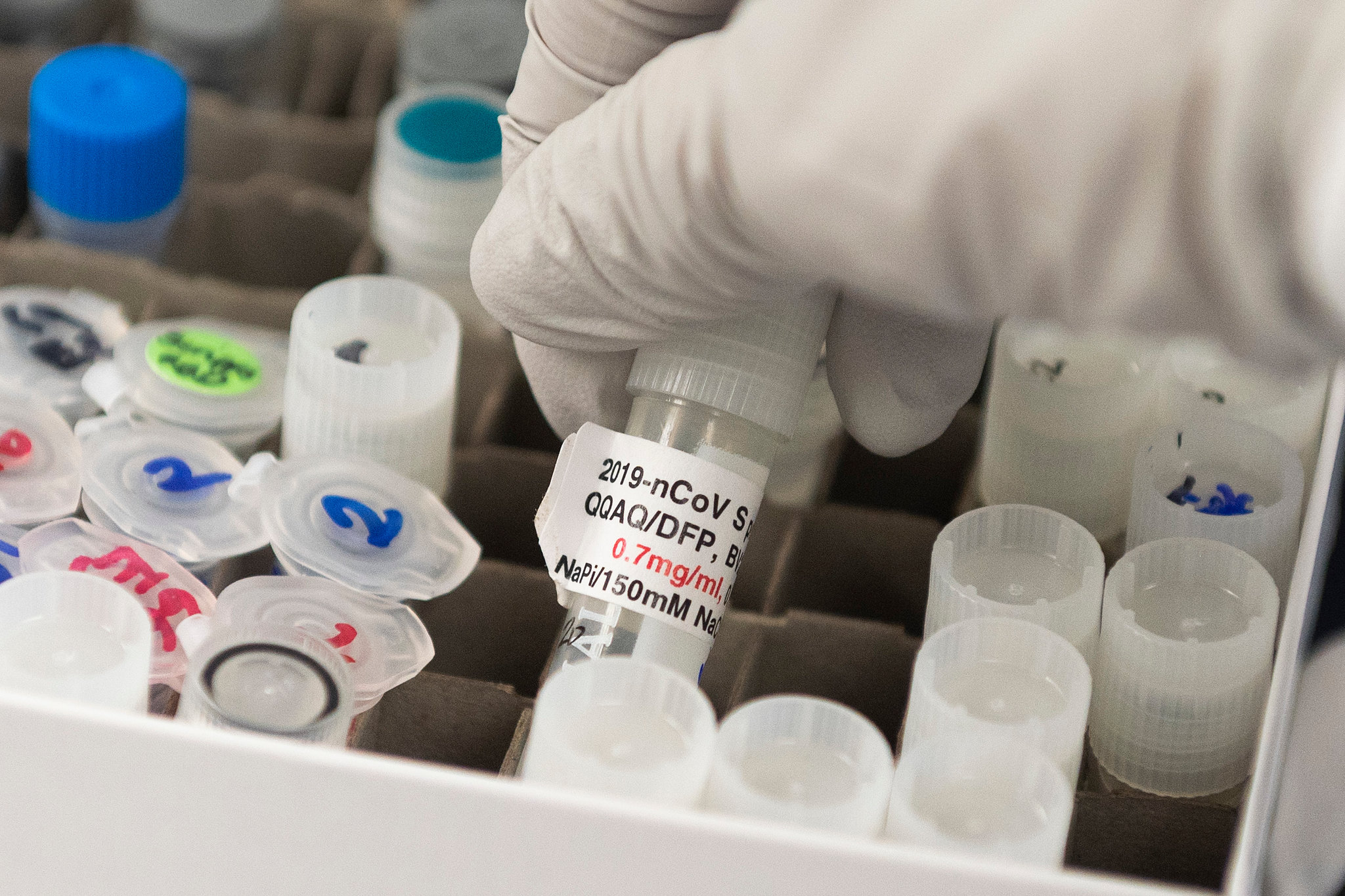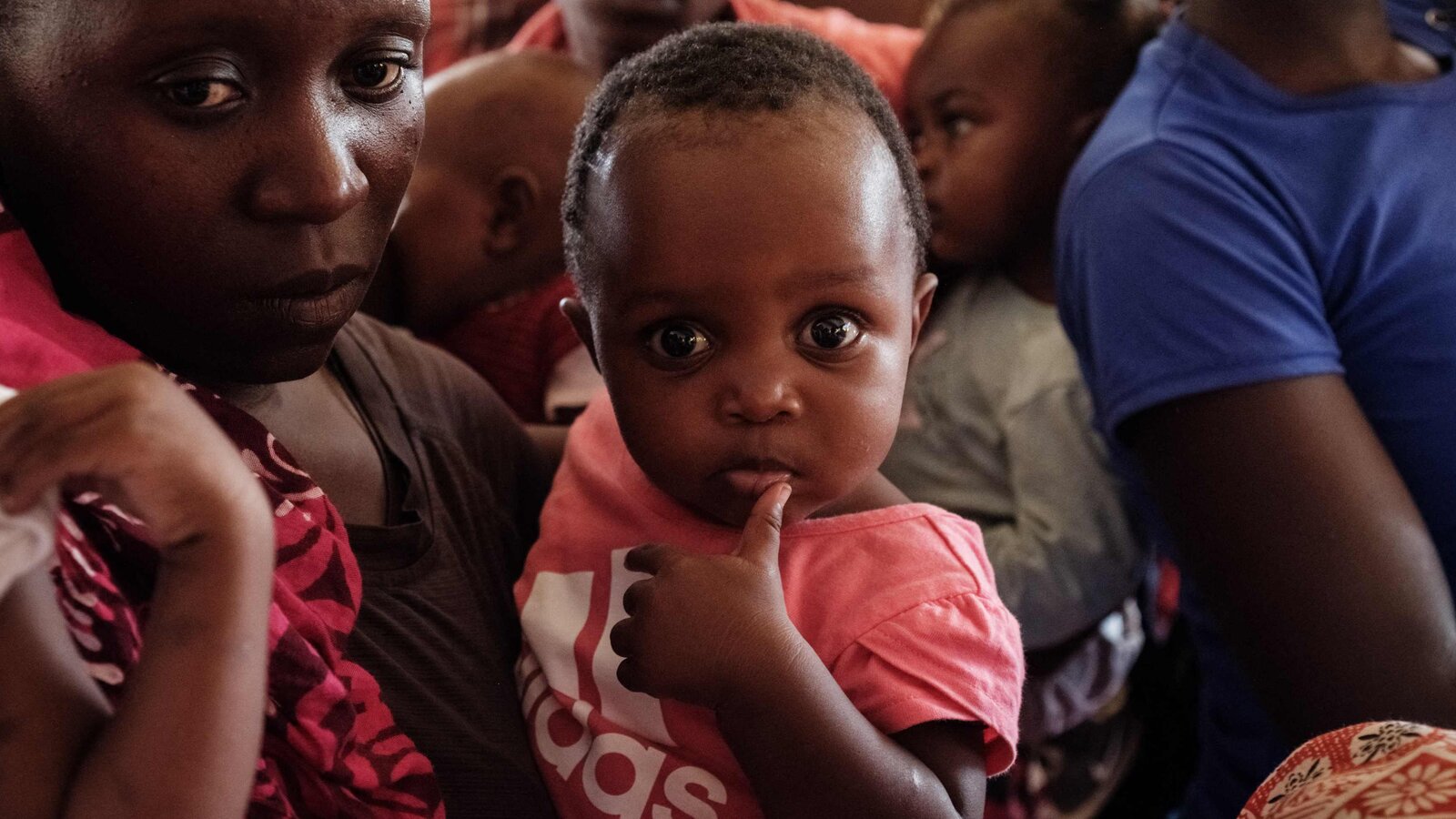A low-cost malaria vaccine that can be mass-produced has been recommended for use by the World Health Organization (WHO).
Developed by the University of Oxford, this vaccine is only the second malaria vaccine to be created. Malaria, which predominantly kills babies and infants, has been a major scourge on humanity.
Agreements are already in place to manufacture over 100 million doses annually. It has taken more than a century of scientific efforts to create effective vaccines against malaria.
The disease is caused by a complex parasite spread by the bite of blood-sucking mosquitoes. Unlike a virus, the parasite is highly sophisticated and evades the immune system by constantly shape-shifting within the human body.
This complexity makes it difficult to build natural immunity through infection and challenging to develop a vaccine.
Nearly two years ago, the first malaria vaccine—RTS,S, developed by GSK—received WHO backing.
Two similar vaccines
Dr. Tedros Adhanom Ghebreyesus, director-general of the WHO, described the moment as one of “great pleasure.”
“I used to dream of the day we would have a safe and effective vaccine against malaria, now we have two,” he said.
The WHO noted that the effectiveness of the two vaccines is “very similar” with no evidence indicating one is superior to the other.
However, a significant difference lies in the manufacturing capability of the University of Oxford vaccine, known as R21.
The Serum Institute of India, the world’s largest vaccine manufacturer, is set to produce over 100 million doses annually, with plans to scale up to 200 million doses a year.

Currently, only 18 million doses of RTS,S are available.
The WHO stated that the new R21 vaccine would be a “vital additional tool.” Each dose costs $2-4 (£1.65 to £3.30) and requires four doses per person, which is about half the price of RTS,S.
Both vaccines use similar technologies and target the same stage of the malaria parasite’s lifecycle. However, the newer R21 vaccine is easier to manufacture as it requires a smaller dose and uses a simpler adjuvant, which is a chemical that stimulates the immune system.
In 2021, there were 247 million cases of malaria and 619,000 deaths, most of them children under the age of five. Over 95% of malaria cases occur in Africa.
Life-saving potential
Dr. Matshidiso Moeti, the WHO regional director for Africa, stated: “This second vaccine holds real potential to close the huge demand-and-supply gap.
“Delivered to scale and rolled out widely, the two vaccines can help bolster malaria prevention, control efforts, and save hundreds of thousands of young lives.”
Preliminary data, which has been published online but has not undergone the usual scientific review process, shows the R21 vaccine is 75% effective at preventing malaria in areas where the disease is seasonal.
The WHO’s strategic advisory group of experts indicated that this figure is comparable to the first vaccine (RTS,S) in seasonal areas.
The effectiveness of malaria vaccines is lower in regions where the parasite is present year-round.
Prof. Sir Adrian Hill, director of the Jenner Institute in Oxford where R21 was developed, said:
“The vaccine is easily deployable, cost-effective, and affordable, ready for distribution in areas where it is needed most, with the potential to save hundreds of thousands of lives a year.”
Gareth Jenkins, from Malaria No More UK, commented:
“The reality is that malaria financing globally is far from where it needs to be, and annual deaths from malaria rose during the pandemic and are still above pre-pandemic levels, so we cannot afford to be complacent as new tools are developed.”
